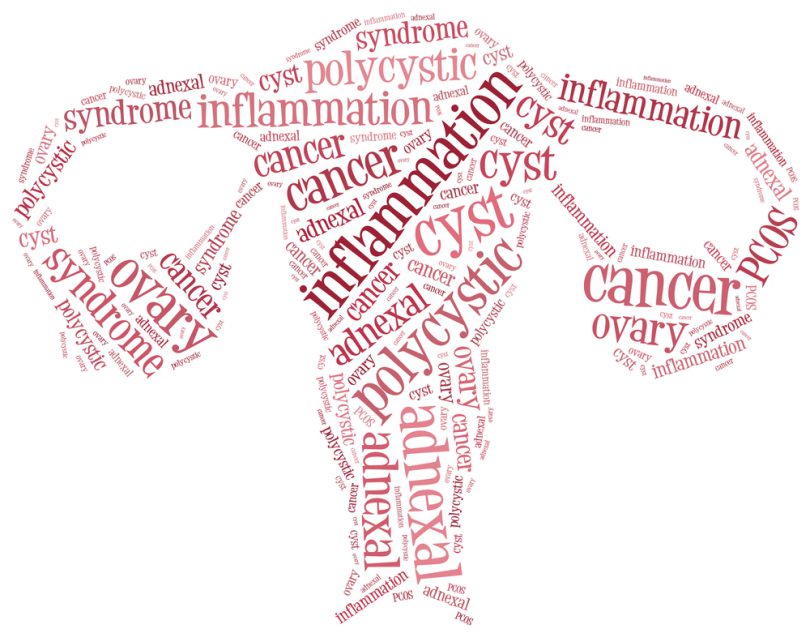Experts estimate that approximately 5 – 10 % of women of reproductive age are affected by polycystic ovarian syndrome (PCOS). This syndrome is, in fact, a hormonal disorder. Women with PCOS usually exhibit raised levels of male hormones, which are referred to as androgens. This results in male-pattern hair loss, increased facial and body hair, as well as irregular ovulation and menstruation. Therefore, PCOS is also one of the main reasons for female infertility.
As early as 1721, Italian scientist Antonio Vallisneri described women who were „obese and infertile, with two bigger-than-normal ovaries, and acne“. Even though 300 years have passed meanwhile, the underlying reasons are still not quite clear yet. Experts assume interactions between predisposition and environmental factors.
It seems clear, however, that a couple of hormonal disturbances add up to form the vicious cycle seen in PCOS:
1. Shift in LH / FSH ratio:
PCOS-patients often have a shift in the ratio of luteinising hormone (LH) and follicle-stimulating hormone (FSH). LH is important for ovulation, and FSH for oocyte maturation. Because too little FSH is there (in comparison to LH), many immature oocytes gather in the ovaries. At the same time, there is hardly any ovulation, because the oocytes do not mature properly and are therefore not ready for ovulation.
2. Hyperandrogenemia:
The imbalance of LH and FSH simultaneously leads to increased androgen-production in the ovaries. These male hormones are converted to estrogen, which happens in adipose tissue. The more overweight a woman is, the more adipose tissue she has and the more estrogen can arise. This is the reason for an association between excess weight and PCOS.
3. Elevated estrogen levels:
This triggers a vicious cycle, as estrogen further enhances LH-production and inhibits FSH. As a consequence of this, more androgens are synthesized in the ovaries and even fewer oocytes reach maturity. Ultimately, this leads to infertility.
4. Hyperinsulinemia:
PCOS is also closely linked to carbohydrate metabolism. This was first observed by C. Achard and J. Thiers in 1921 when they examined seven overweight women with excess facial and body hair. They described the condition as “diabetes of bearded women”. Many studies have meanwhile confirmed the association of PCOS and so called insulin resistance. In affected women, the blood sugar hormone insulin cannot exert its normal effects in sugar metabolizing tissue (insulin resistance). To compensate for this, pancreatic cells produce even more insulin. A fact many people are not aware of: insulin not only stimulates sugar-uptake into cells, but also triggers synthesis of male hormones. This is how carbohydrate metabolism can contribute to PCOS symptoms.
In summary, excess estrogen, androgens and insulin together contribute to the symptoms typical for PCOS.








Hello! I’ve been following your website for a long time now and finally got
the courage to go ahead and give you a shout out from Humble Texas!
Just wanted to say keep up the great work!